You’ve probably heard many things about the Montessori method. Unfortunately, if you search it online, you will see many pricey wooden toys and various didactic materials you need to purchase. However, you can apply this method with the things you already have at home – DIY Montessori can be very low-waste and engaging at the same time.
Keep reading to find out how can you incorporate Montessori-driven activities in your home or at the play corners in preschool.
The basic idea of Montessori pedagogy is to encourage the children’s natural desire for exploring – let them do what they want and teach them practical life skills – by adding DIY to Montessori. We are also focusing on the nature part of this pedagogical approach.
These activities are developmentally appropriate for all children, and older children can do them as well. Don’t be afraid if your child cannot do everything from the list – practice makes perfect, and don’t forget – ONE SIZE DOES NOT FIT ALL.
“Let the children be free; encourage them; let them run outside when it is raining; let them remove their shoes when they find a puddle of water; and when the grass of the meadows is wet with dew, let them run on it and trample it with their bare feet; let them rest peacefully when a tree invites them to sleep beneath its shade; let them shout and laugh when the sun wakes them in the morning.”
~ Maria Montessori
As I promised, here is a list of DIY Montessori activities you can do with your group in a preschool or with your child at home. All of these activities promote motor skills, cognitive development, language development and, development in general.
Montessori activities do not require expensive wooden toys, and they are generally nothing new when it comes to teaching methodology. They will help your child develop in all areas, and you can start your activities completely DIY, while also taking care of your environment.
Reading or chewing cloth books – the children are exploring and gaining interest in books and storytelling.
Playing with food – develops fine motor skills and teaches the child to eat independently.
Cutting banana – develops coordination and helps the child eat independently.
Peeling banana slices – the same as the example above.
Loading the washing machine – a favorite activity in our home! Our little one loves touching the laundry, practicing gross motor skills, and observing the laundry in the machine while it spins.
Unloading the washing machine – another favorite activity in our home!
Putting things away – helps the child practice daily rituals and gross motor skills.
Lots of pointing and naming – this develops gross motor skills and language and cognitive skills.
Sensory bins – By using sensory bins, you help children get to know different kinds of textures and teach them how to manipulate and recognize the textures.
Treasure bins (color, shape, type (shoes, clothes, etc.) – a great activity that promotes sorting and recognizing patterns.
Don’t forget to rotate the treasure bins every week to avoid boredom and include new bins.
Pulling out cloths from containers – develops fine motor skills and attention span.
Painting with water – develops your child’s artistic skills, vision, and fine motor skills.
Stacking items -another elementary mathematical skill that can easily be done with any recyclable items.
Sticking magnets to the fridge – another basic mathematical skill.
Sticking stickers to a surface – a bit more complicated skill which requires your child to also peel off the sticker from the paper.
Fitting bottle tops and caps into a box – develops fine motor skills and teaches children how to manipulate everyday objects needed to drink.
Sensory boards –sensory boards develop multiple skills and areas of development at the same time! They actually develop all of them! Your child will be amused for hours!
Sensory water bottles – the same as 18!
Sensory animal habitats -the same as 18!
Food placemat – more experienced children can use cloth placemats to learn to use, name and position their utensils.
And some more activities :)
Playing in the sink – why not let your little one play in the sink? It’s above what your child usually sees, and it is a fresh perspective.
Playdough – DIY playdough is edible and easy to make. Check out this DIY playdough recipe.
Drawing on the wall – put papers (newspapers will do just fine) and encourage your child to paint. Make sure to quickly DIY some edible natural paint (all you need is flour, a bit of salt and sugar, and spices for natural color.)
Scooping games – take a spoon and scoop up objects from a water bowl.
Helping with shopping – telling your child to fetch something on the bottom shelf or help you in any way while shopping is an easy and rewarding activity for any toddler, and it will help them learn a lot of new things.
Toddler closet – put tags on different clothes section – you can do it even if you have drawers. This way, you include one more activity – pulling out drawers.
DIY toilet paper tubes and balls – stick a toilet paper tube and give your child any ball to play with.
Learning to pour liquid is for more agile toddlers, but you should try it – just be prepared for lots of spillages.
Learning to drink with a straw – include a bottle with a straw and encourage your child to suck the liquid out. This way, the child also practices their mouth muscles and breathing for speaking.
Many of these activities are simple, and all of them are quite practical. Moreover, they do not require any specific educational knowledge – anyone in the family can practice them with their child.
To finish off this post, here are 2 Pinterest boards with similar topics and ideas for DIY toys:

DIY sensory play, bins, and boards

What do you think of teaching practical life skills to toddlers? Do you include DIY Montessori activities in your classroom? What are some efficient ways to practical life skills in your classroom?
Let me know in the comments or via the contact page what do you think of this topic.

Click here to explore my store where 99% of materials are forever free!
All the materials except lesson plans and 30+ page interactive activity books will be free FOREVER! Why? Because sharing is caring, and 2020 hasn’t been kind to all of us. Please consider donating so I can keep making FREE materials for everyone and keep my website open for all of you.
Don’t forget to leave a review when you download materials! It’s just a minute of your time, and it means a lot to me.
P.S. The store and the freebie library are not the same thing – the freebie library has some extra materials like conference presentations and webinar recordings which are not available in the store ✨
The subscription link for the store is below my bio in every post. ?
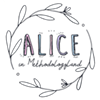
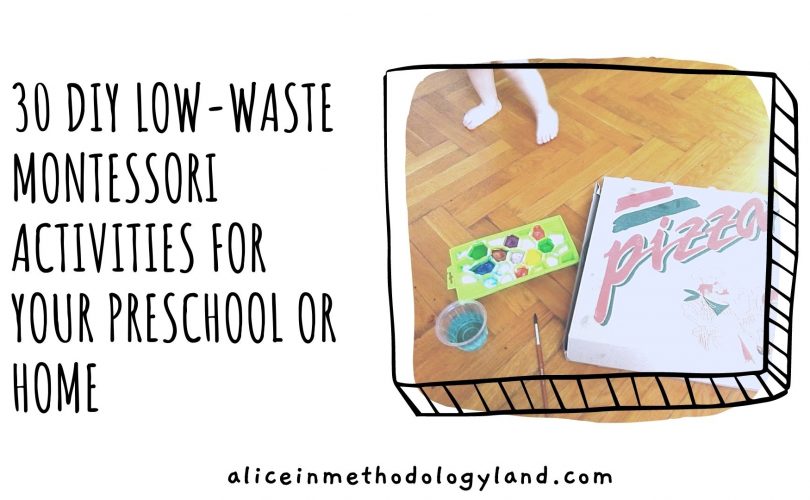

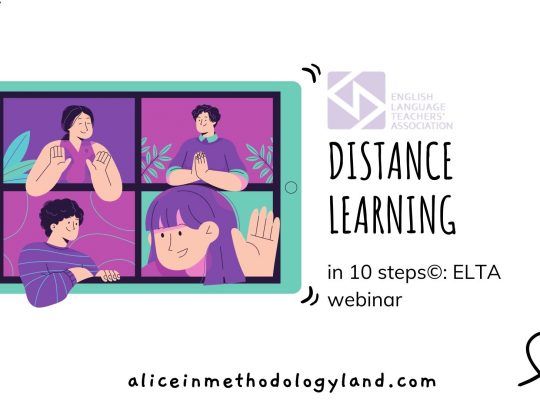
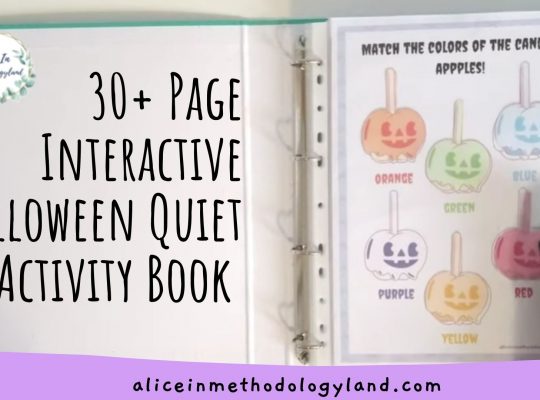

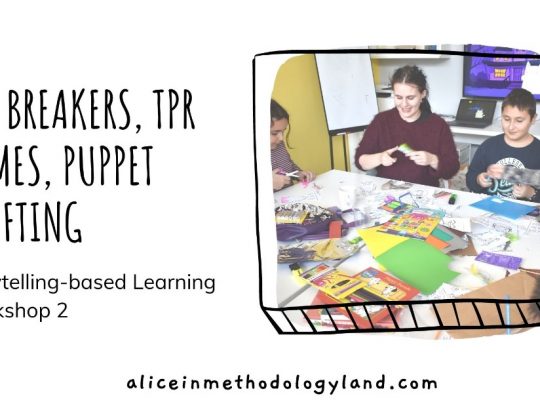
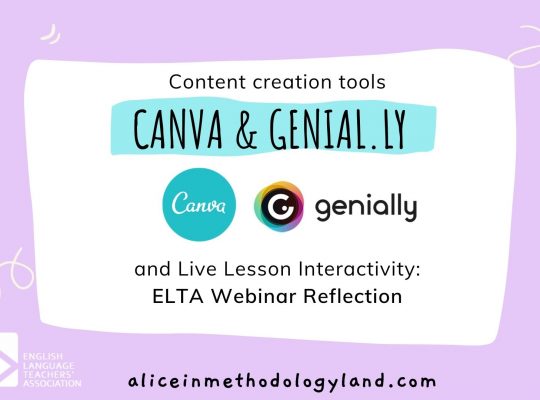

[…] some time, we turned our house into a small sensory playground – textures, toys, a small Montessori shelf, a busy board – all the didactical tools we could use to help him develop. The doctor […]